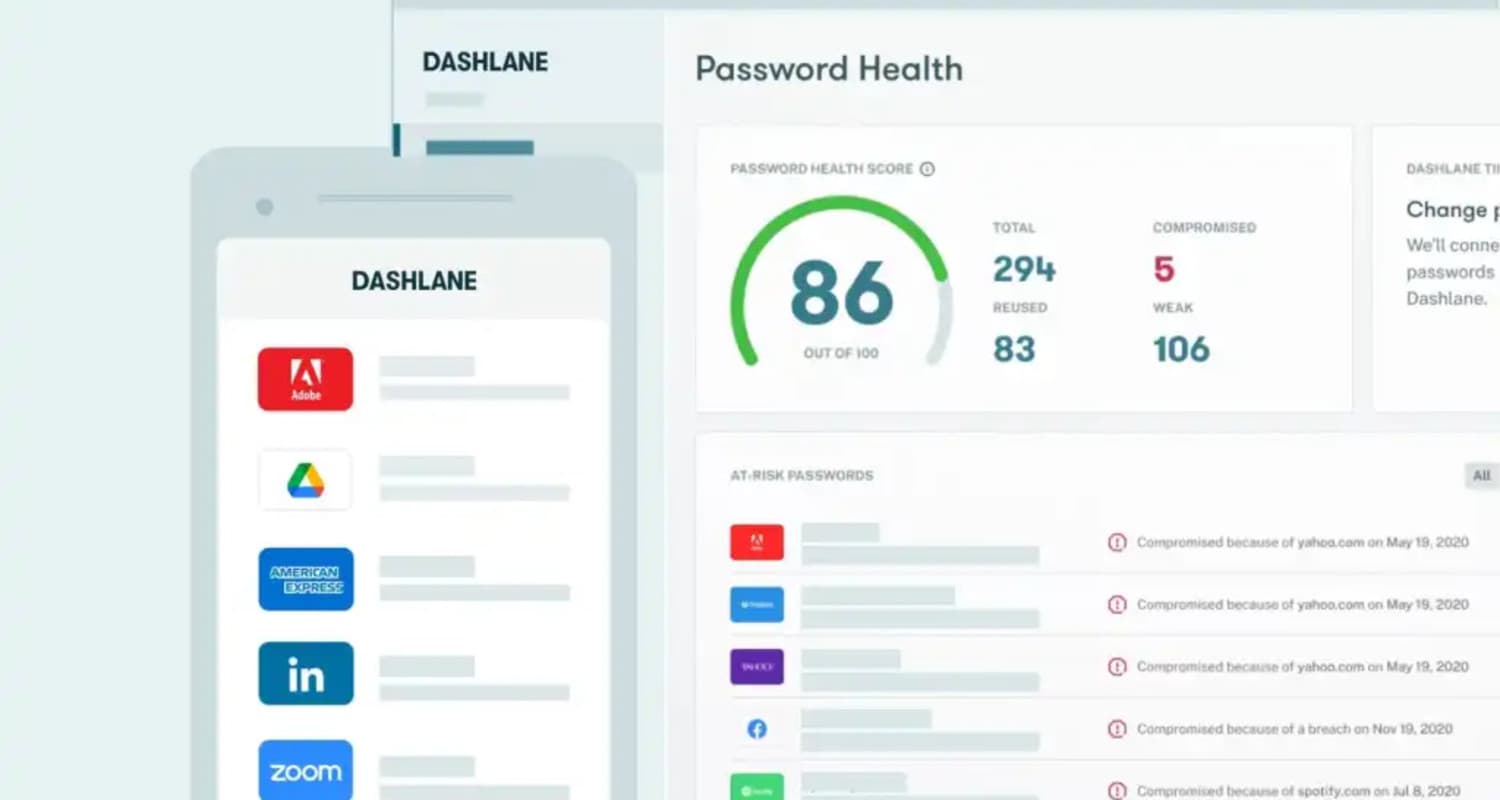Case StudyStream Team: Deploying - Continuous Delivery Enhancing Product Innovation
Dashlane, a company known for its password management and digital security solutions, faced challenges in maintaining a rapid pace of innovation while ensuring the stability and reliability of its products. Traditional deployment methods were slowing down the release of new features, creating a bottleneck that hindered their ability to respond quickly to market demands and user feedback. The need to enhance their deployment process to support continuous innovation and deliver high-quality updates led Dashlane to adopt continuous delivery practices.

The Solution
Dashlane implemented several key strategies:
- Adoption of Continuous Delivery (CD) Practices: Dashlane shifted from traditional deployment methods to a continuous delivery model. This allowed for smaller, more frequent updates, which reduced the risk associated with large releases and enabled quicker response times to any issues.
- Automation of Deployment Pipelines: They automated their deployment pipelines to streamline the process of building, testing, and deploying new code. Automation ensured that each code change went through a standardized, reliable process, reducing manual effort and minimizing human error.
- Feature Toggles and Incremental Rollouts: Dashlane used feature toggles to control the exposure of new features to users. This approach enabled them to incrementally roll out new functionalities to a subset of users, gather feedback, and make necessary adjustments before a full release.
- Robust Monitoring and Feedback Loops: They implemented comprehensive monitoring and feedback mechanisms to track the performance of new deployments in real-time. This allowed them to quickly identify and resolve issues, ensuring a smooth user experience.
- Cross-Functional Collaboration: Continuous delivery was supported by fostering a culture of collaboration among product managers, developers, testers, and operations teams. This cross-functional approach ensured that all stakeholders were aligned and working towards the same goals.
Outcomes achieved
The implementation of continuous delivery at Dashlane led to several significant improvements:
- Accelerated Innovation: By adopting continuous delivery, Dashlane was able to release new features and updates more frequently. This accelerated pace of innovation allowed them to stay competitive and quickly meet evolving user needs.
- Improved Product Quality: Automated deployment pipelines and robust testing practices ensured that each release maintained a high level of quality. This resulted in fewer bugs and a more stable product for users.
- Enhanced User Satisfaction: Incremental rollouts and real-time feedback loops enabled Dashlane to refine features based on user feedback before a full release. This approach led to higher user satisfaction as features were better tailored to their needs.
- Reduced Deployment Risks: Smaller, more frequent releases reduced the risk of major issues associated with large deployments. Automated rollback mechanisms allowed for quick recovery in case of any problems, minimizing the impact on users.
- Greater Team Efficiency: Automation and streamlined processes reduced the manual workload for deployment, allowing teams to focus more on innovation and strategic initiatives. The collaborative culture also improved communication and efficiency across teams.
